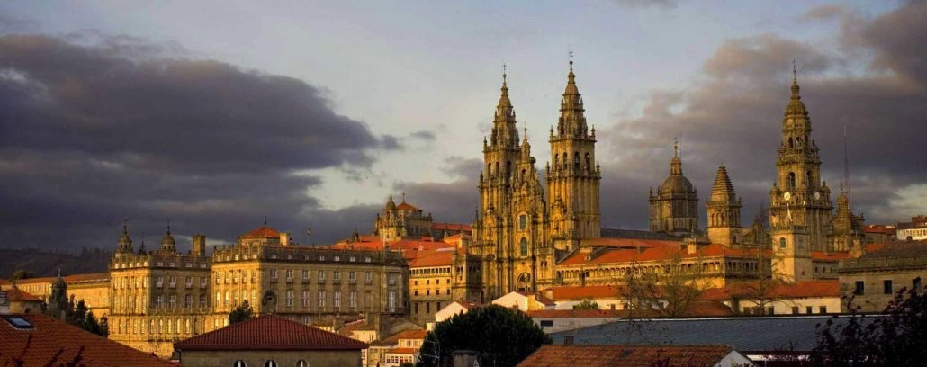Speaker
Description
We presented new experimental results of the single-nucleon transfer reactions using the radioactive beam 13B at an incident energy of 23.5 MeV/u.
We extracted the p-, s- and d-wave spectroscopic factors of the 1H(13B,d) reaction to the known 12B states by comparing the deuteron angular distributions with the DWBA calculation results. The separated s- and d-wave intruder strengths in the ground state of 13B were determined to be 5(2)% and 12(2)%, respectively, which follow roughly the systematics for the N = 8 neutron-rich isotones and shell model calculations with YSOX interaction. The sudden change of the intruder sd-wave intensity between 13B and 12Be needs further theoretical interpretation[1].
We investigated the low-lying positive-parity states in 12Be, which are populated by the 2H(13B,3He) reaction via l = 1 proton transfer for the first time. Spectroscopic factors and excitation energies of these states are in reasonable agreement with the shell model predictions. Besides two bound states, we observe a resonant state at Ex = 4.8 +- 0.1 MeV with an intrinsic width of 0.42 +- 0.28 MeV, which predominately decays via one neutron to the bound states in 12Be. It most likely corresponds to the En = 1.24 MeV state observed in the previous one-proton removal reaction. The spin-parity of 2+ is tentatively assigned to this resonance according to the analysis of its angular distributions as well as the theoretical calculations, including shell model and Gamow coupled-channel approach[2].
References:
[1] W.Lou, J.L.Lou et al., Phys. Rev. C 104, 064605 (2021).
[2] W.Lou, J.L.Lou et al., Phys. Rev. C , accepted, 2022.
| Topic | Experiment |
|---|

